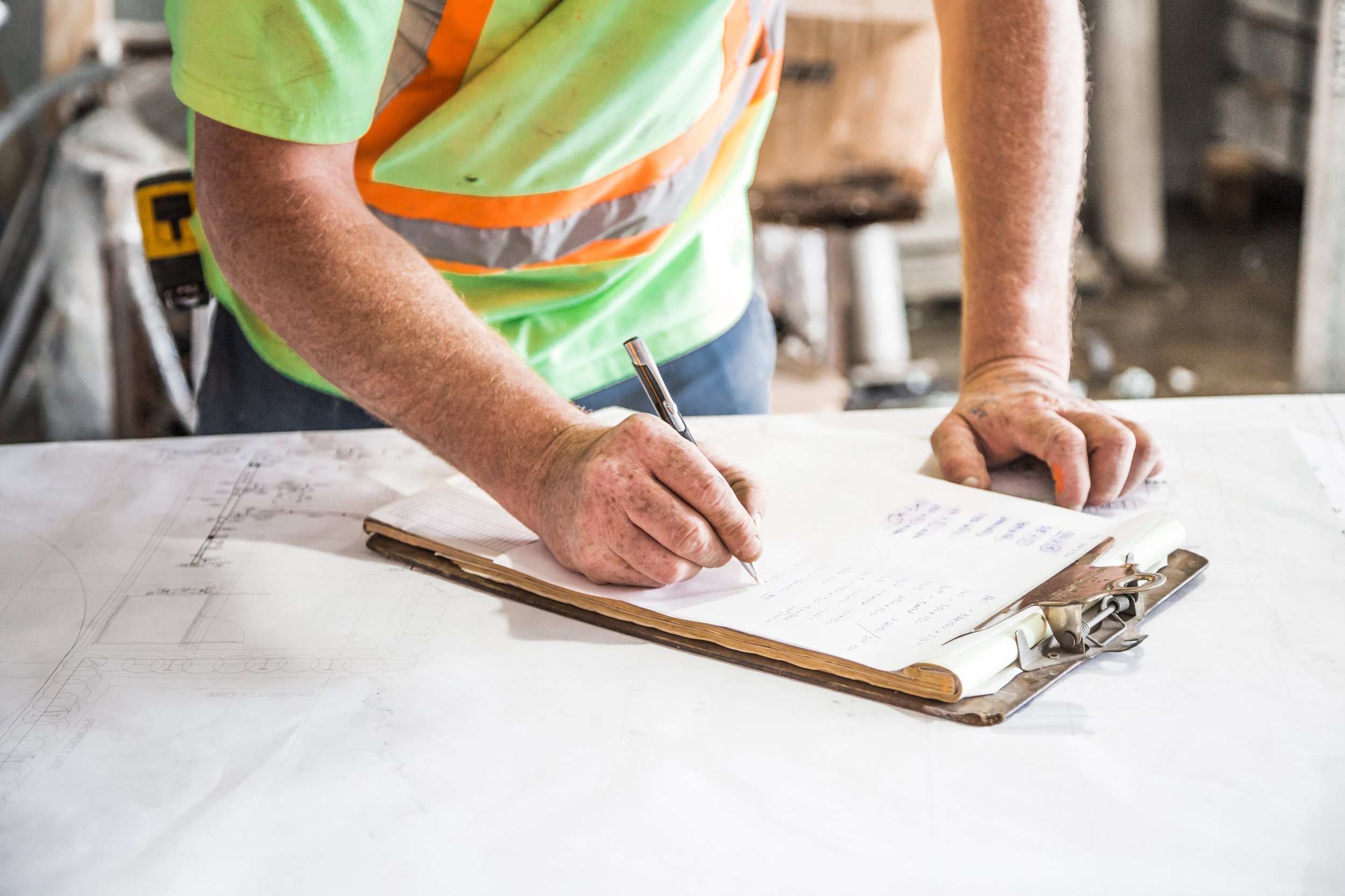Understanding the Process
Contractors and design firms are experiencing increasing pressure in today’s market, to deliver quality builds quickly. They must carefully take into account factors such as budgets, timelines and associated costs with every project. The design-build delivery concept is emerging as a clear winner when it comes to efficiencies in both communication and cost.
The traditional design-bid-build model used in construction for decades goes like this- the owner chooses, collects bids from, and contracts separately with, both a designer and contractor for their build.
The selected design or architectural firm develops and delivers all of the construction documents according to the owner’s vision. Then, the owner identifies construction firms, and solicit bids from several to complete the work.
Under this delivery model, neither the designer nor the construction company bears any contractual obligation to one another- leaving the owner to bear all of the associated risks if design and construction realities do not align.
Under the emerging design-build concept, however, owners hire one design-build integrated company, which then performs the architectural, engineering, and construction components, which all fall under one contract. Based on the structure of the design-build firm, portions of the job may be subcontracted out appropriately; however, a single company manages the process from start to completion and acts as a single point of contact for the owner.
Thus, the design build process reduces time, costs and risks for the owner by streamlining communication between the design pros and the construction team, and creating a collaborative rather than a competitive approach to problem solving.
Understanding the Cost Breakdown
Unlike older methods of estimating costs, the design-build approach means the project has one point of contact responsible for estimating and communicating costs to the owner. Since owners universally have budget constraints, they rely heavily on accurate estimating and cost forecasts to determine project viability & scope. Under the design-build methodology, the entire team employs their extensive experience & understanding of project-associated costs to provide a comprehensive cost view of the planned project from start to finish.
The objective of the design-build estimate is to outline the expected costs and determine if they align with the expectations of the owner, which occurs early in the design phase. A design-build project typically provides owners with a Guaranteed Maximum Price, unlike traditional design-bid-build construction processes where project cost is not realized until after the bidding is complete. The Guaranteed Maximum Pricing allows an owner to make important decisions early on in the design phase as to scope and financial viability. This illustrates why design-build delivery is so valuable for Richmond’s developers and property owners.
Basic Costs Included in Design Build Delivery
Takeoffs- establishes quantities of various materials from the plans that will be needed to complete the project.
Design costs include expenses associated with research, CAD support, Civil Engineering, Architectural Design, Mechanical Engineering and other costs associated with the development of plans.
Labor hours- these are factored on a man-hour or team basis. Allowances need to be made for the varying production capability based on a project’s complexity & expected timelines for various project components.
Labor rates are the costs for the man hours required. Estimates should include architectural, engineering and any specialized skill rates as well as overtime.
Subcontractor rates for specialized trained installs such as electrical, plumbing, and other trades will be factored based on the scope of the plans. Subcontractor quotes will include material, labor, equipment, and indirect costs such as permitting and inspections.
Material costs tend to fluctuate with the economy. Estimating material costs requires factoring in the anticipation of price variations, quality, availability, warranties and timing. Variables include material time-to-delivery, physical requirements of delivery & installation, shipping, order size, and more.
Equipment costs can vary widely. The design-build team will use the projects’ overall scope to determine the type, size, and capacity of necessary equipment to complete the build. Costs will differ if the equipment is rented or owned by the contractor, what site conditions necessitate, and who operates it.
Indirect costs include materials, labor, and equipment that are necessary to complete the project but that are not necessarily part of the actual building costs. These can include permits, legal fees, staffing, temporary heating and cooling, small tools, unforeseen site conditions, consumables, demolition & disposal etc.
DESIGN-BUILD equals cost savings
The design-build integration is gaining traction among project owners and developers for many reasons, but especially because it results in a much more accurate projection of costs. Organizations with strict budget requirements appreciate the design-build approach because of the streamlined ability to keep costs in check and the integrated approach to that objective that is shared among the entire team.
A single point of contact dramatically lowers the need to write change orders, which minimizes budget overruns and timeline delays. From a communication perspective, dealing with one firm always reduces time and complications compared to dealing with multiple contacts.
Due to its efficiencies, owners find that design-build reduces construction costs as well as costs associated with research and development. Smooth delivery and streamlined operations allow owners and developers to spend less time focusing on a current build- so they can invest more time into other aspects of their businesses, such as developing new projects & opportunities. The expedited timelines and ease of managing design-build projects positively impact other business operations, creating more profitability across the board.
Hunnicutt Construction is proud to offer design build services throughout the Metro Richmond area and beyond, for projects large and small. If you have questions about whether a design build strategy might be right for your next project, give our experienced team a call. We are happy to answer questions and help you determine the best way to bring your project to reality.


